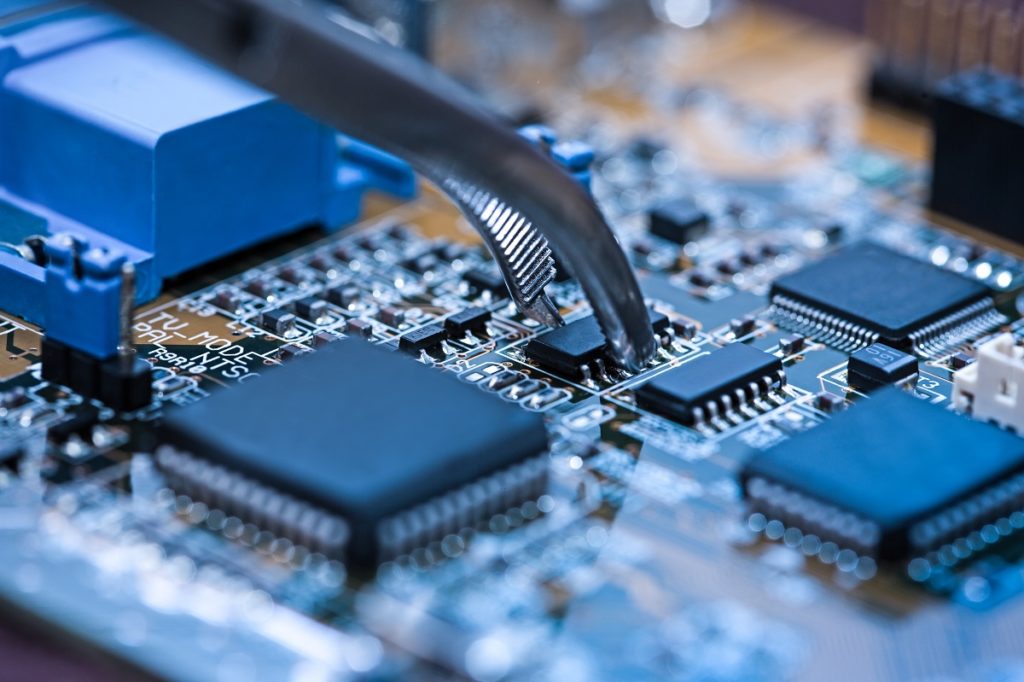With a lot of companies and businesses transitioning to work-from-home arrangements, you need to ensure that your personal computer can keep up with your work demands.
We have listed a five-step process for your computer’s system safety and memory protection to make sure it is in its best possible form.
5-Step Computer Maintenance to Keep Your PC in Great Working Shape
Step 1: Uninstall programs and apps you no longer need or use.
Computers are pretty handy at doing various things. Over the years, you probably must have installed several programs and apps that you needed at one point but no longer use now.
Make a quick inventory of your programs to see which ones you have not used for the past six months. If you see apps that you no longer use, you can uninstall them from your system to free up some disk space and memory.
Simply deleting icons won’t do. You have to formally execute the uninstall process for all programs you wish to get rid of.
Step 2: Similarly, delete any unnecessary or temporary files.
Every time you go online and visit different sites, your computer retains information from these sites so that the pages will load faster on your next visit. While this is, in principle, a good thing, the temporary file stored unnecessarily takes up a lot of disk space.
These files accumulate over time and may result in your computer’s poor performance. If you haven’t deleted any of these files in over a year, you may be able to free up at least 10% of your PC’s memory.

Step 3: Clean up your system.
Windows regularly take snapshots of your computer’s contents. These snapshots are used to help restore your system in case of a malfunction. These restore points are taken at different times at regular intervals.
Step 4: Defrag regularly.
Your computer gathers and saves data in disk blocks. Over time and with constant use, files are added and deleted to your storage. A file that cannot be stored in adjacent blocks become fragmented and scattered to up to thousands of disk blocks.
For instance, a seven-megabyte MP3 file could be distributed across 7,000 disk blocks. Instead of just pulling them up from a few adjacent blocks, your computer will have to look for and gather each fragment of that file over thousands of blocks. This means it will take more time to load. Defragmenting your system is just taking out empty blocks and putting your files together again.
Step 5: Perform a virus and spyware scan.
Once you’re done with steps 1 to 4, your computer is now clean and ready for a final clean sweep.
Keeping your computer in tip-top shape will help it perform at its optimal best which ensures greater productivity for you as you work remotely.



